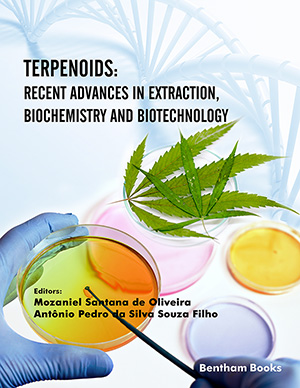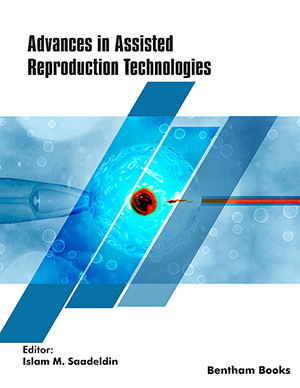
Abstract
An extracellular peroxidase produced by a bacterial isolate Bacillus sp. F31 was purified by successive (NH4)2SO4 fractionation, dialysis and DEAE-cellulose anion-exchange chromatography to 14.5-fold with a yield of ~7.0%. The molecular mass of purified peroxidase was determined to be ~37 kDa by SDS-PAGE. The optimum temperature and pH for purified peroxidase were 37°C and 5.5, respectively. However, the bacterial peroxidase was active at an alkaline pH too, unlike previously reported microbial peroxidases. The Km(H2O2) and Vmax(H2O2) of the bacterial peroxidase by using H2O2 as a substrate were found to be 0.133 mM and 33.3 U/mg/min, respectively representing a Kcat(H2O2) of 20.53/sec. The Bacillus sp. F31 peroxidase exhibited good affinity towards OPD as observed from measured Km(OPD) and Vmax(OPD) of 5.138 mM and 29.41 U/mg/min, respectively (Fig. 11). The half-life of the purified peroxidase was approximately 155 min at 37°C. The peroxidase activity was found to be stimulated only in the presence of Mg+2 (1, 3 and 5 mM) ions added to the reaction cocktail whereas other salt-ions (Li2CO3, ZnSO4, KH2PO4, NaCl, HgCl2, CaCl2, CuSO4, MnSO4 and FeSO4) inhibited the enzyme activity. All the selected detergents (SDS, Triton X-100, Tween 80 and Tween 20) also had an inhibitory effect on the enzyme activity.
Keywords: Bacillus sp., peroxidase, purification, extracellular, temperature, pH, salt ions, detergents.























